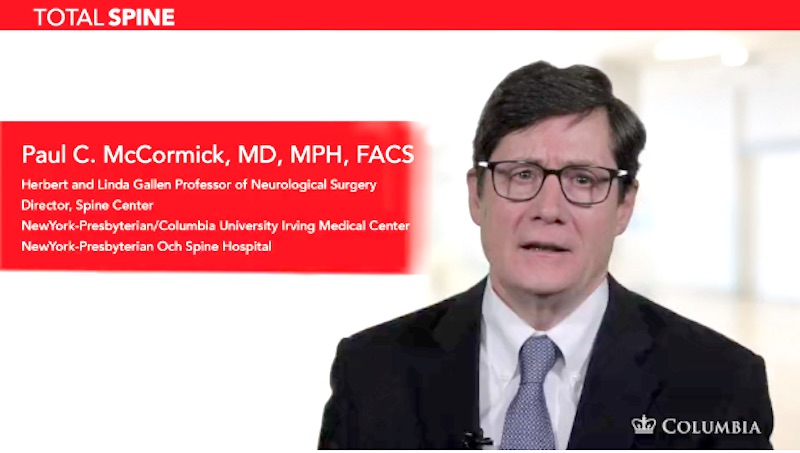Image Guided =informed or assisted by a picture
Surgery = introduction of instruments into the body
Image guided surgery is any procedure in which a surgeon uses real-time images of the inside of the body during an operation. These images are generally produced by a combination of X-rays, computers, and/or other equipment.
For many years, the mainstay of image guided surgery was a technique called fluoroscopy. Fluoroscopy it produces an X-ray “movie” of a procedure as it’s happening. Fluoroscopy is a time-tested technique that is still in use.
When surgeons need something more than the 2D picture of the body provided by fluoroscopy, though, they have other options. Newer technology allows them to guide instruments in 3D, in much more detail. In these systems, which go by many trademarked names, a GPS-like system in the operating room tracks surgical instruments. The system transmits images of the instruments to a screen that displays the instruments’ exact position as they work inside the body.
Image guided surgery is sometimes utilized during traditional, open surgery, and is often used during minimally invasive spinal surgery. In minimally invasive spinal surgery, a surgeon makes only small incisions in the skin. Specialized instruments disrupt a minimum amount of tissue–only the amount that is necessary– to allow surgical tools to reach the surgical area. (As opposed to a greater amount of tissue that a surgeon would need to move aside in order to see the area with the naked eye.) Compared to traditional surgery, minimally invasive surgery can produce less tissue damage, reduce post-surgical pain and complications, and hasten recovery. However, during the procedure, the surgical area and operating instruments may not be visible to the surgeon’s naked eye. Image guided surgery using contemporary 3D navigation systems has allowed the development of many minimally invasive surgical techniques for adults and pediatric patients.
The images provided by the CT and MR scans are similar in function to the pre-loaded “map” in a GPS navigation system. The scans are uploaded to a computer and transformed into 3D images. Before surgery, the surgeon can zoom in anywhere on the “map” to see very specific areas of interest from any angle.
When image guidance is used in spine surgery, a CT or similar scan is performed usually in the operating room to provide a real-time “map” of the body. The surgical instruments are tracked by special cameras in the operating room that act like the satellites in a GPS system that track a car or a phone. The computer combines the CT “map” with the cameras’ data about the instruments’ location, and displays the and the instruments together on the screen.
Sophisticated robotics systems can also be used together with image guidance systems to plan and carry out aspects of some surgeries. The robotics systems function under the surgeon’s control, allowing incredible precision and efficiency. They can help a surgeon make an operation safer and faster than it would otherwise be.
If you have any questions about image guided surgery and whether it is an option for you or your child’s scheduled surgical procedure, speak to your neurosurgeon.
| 

